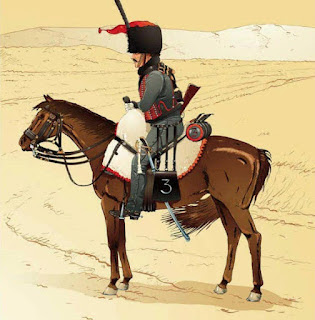The GWR Castle Class Express Passenger Locomotives.
 |
| Clun Castle at New Street 2025. |
My great Uncle Tom Reeves was a coppersmith for the GWR at Swindon and worked his way up to be a foreman. He told me that early Castles had a problem with the main steam pipe cracking and he had to help investigate it with senior Engineers. This involved tests travelling at full speed on the front footplate behind wooden shutters to measure pipe movement, expansion and deflection. No health and safety in those days. Note, his father, David Reeves (also a Foreman coppersmith) was killed in an accident in Swindon works.
 |
| A loco running under test. |
Apart from WW1 (he served on HMS Royalist at the battle of Jutland) he worked all his life for the GWR and was very proud of it. He also said that when a loco came in for overhaul, it went out 'as good as a brand new one'.
 |
| Nanny Lesson, Tom and Flow. |
As a child my favourite model railway loco was my Denbigh Castle. A Hornby Dublo diecast model. The story goes that the local toy shop was closing down when I was about to be born. As I turned out to be a boy, Dad rushed down and bought the castle!!
The model was produced between 1959 and 1962 and also sold as a 'named train' set The Red Dragon (the Paddington to Carmarthen express), with two chocolate and cream coaches. I had four, each with a name board on the side (the loco had a head board as well). When I can get at it I will set it up for a photo.
Funnily when James was born, Barnaby's toy shop in Coventry was closing down and he did the same thing and stocked up for James as well!!
 |
| Clun Castle. |



























